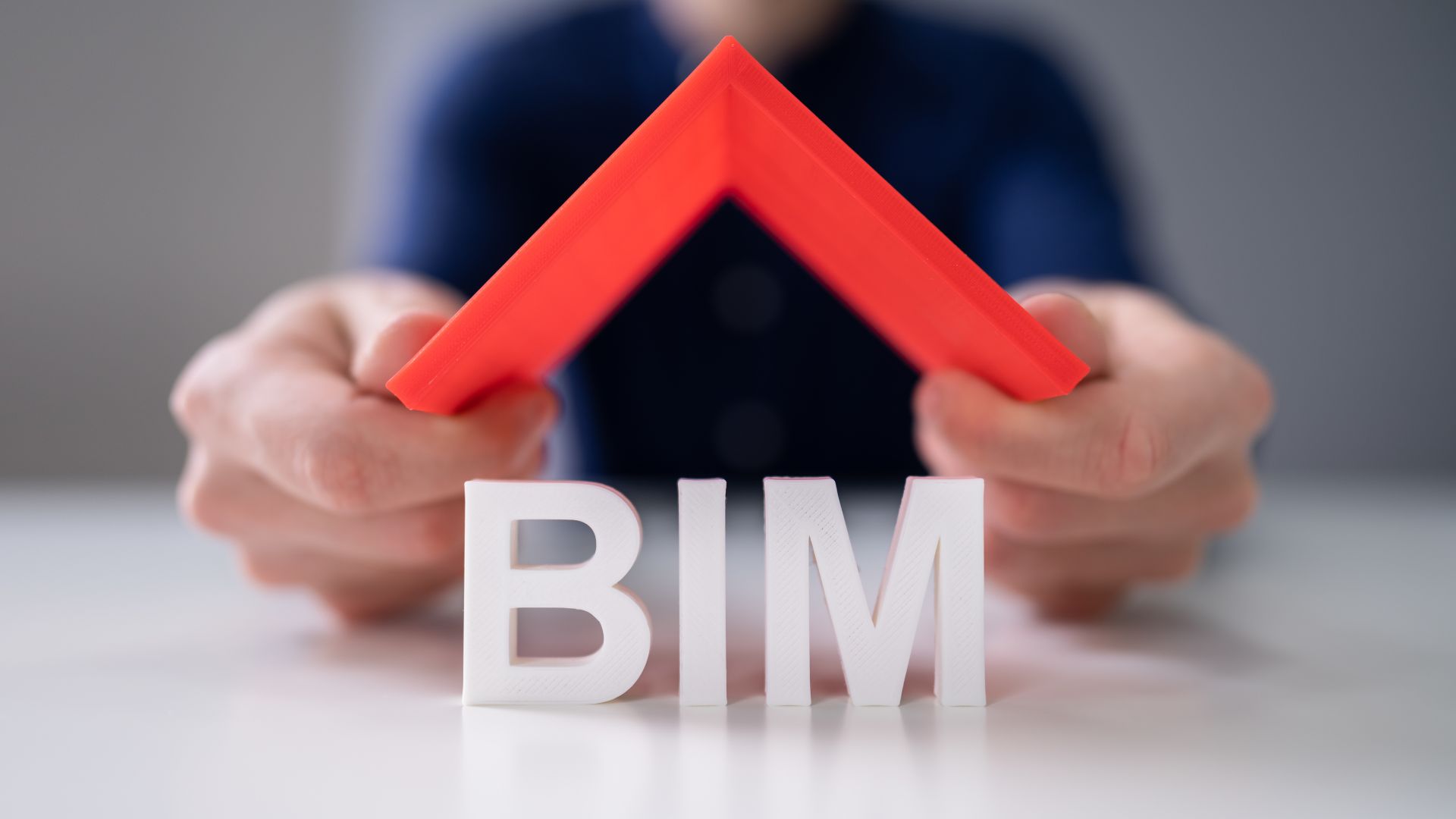Starting 1 July 2025, Building Information Modelling (BIM) is mandated for all project valued at RM10 million and above in Malaysia. We mentioned the rise of BIM previously in this article HERE.
The BIM mandate in Malaysia 2025 will also impact facilities management industry. The mandate applies to government and private sector projects, as outlined in Pekeliling Perbendaharaan PK 1.15.
Whether you’re a developer, consultant, or FM professional, here’s what you need to know.
What is BIM?
- BIM stands for Building Information Modelling.
- It’s a process for creating and managing digital models of buildings and infrastructure.
- BIM integrates geometry + data across the entire project lifecycle.
- Used during design, construction, handover, and facility management.
- BIM can include cost (5D), scheduling (4D), and asset data (6D, 7D).
BIM Now Mandatory in Malaysia from 1 July 2025
- Formalized through Pekeliling PK 1.15 by the Ministry of Finance.
- Applies to all building and infrastructure projects ≥ RM10 million.
- Public and private sector projects are both covered.
- Scope includes buildings, roads, sewage systems, and utilities.
- Required from planning to FM stage and not just construction.
- Exemption requires written approval from the JKR Director General.
Key Requirements in the Circular
- BIM must be used in design, coordination, and construction documentation.
- All asset data must follow PeDATA (Malaysia’s asset data standard).
- Handover model must be LOD 500 with full asset data.
- Data must include SKATA codes for asset tracking.
- BIM deliverables are mandatory in government tender and contract documents.
- Agencies must use MyProjek to track BIM implementation status.
Benefits of BIM for Projects
- Improves design coordination and reduces clashes.
- Enhances construction accuracy and speed.
- Enables better cost estimation and scheduling.
- Simplifies regulatory approval process (e.g. Bomba, PBT).
- Provides clearer visualisation for stakeholders.
- Supports sustainable design and energy analysis.
BIM’s Impact on FM
These are the impact of BIM mandate in Malaysia 2025 for facilities management:
- FM becomes a core stakeholder from day one.
- Asset handover is now digital and structured, not just PDFs.
- Data follows PeDATA, similar to international COBie standards.
- Each asset includes specs, location, serial number, and maintenance schedule.
- BIM enables preventive maintenance and lifecycle cost planning.
- FM teams can visualise systems in 3D for troubleshooting and upgrades.
- Post-CCC handover becomes data-rich, visual, and efficient.
How to Prepare Your Team
- Appoint a BIM Manager for your projects.
- Use consultants familiar with LOD, IFC, and PeDATA.
- Train your FM and project teams on BIM.
- Ensure all asset data is structured and exportable to FM software.
- If you’re a system developer (e.g., CMMS), support COBie or PeDATA formats.
Why This Matters Now
- BIM is no longer optional for construction in Malaysia.
- Compliance will impact approvals, handovers, and long-term operations.
- Early adopters will benefit from faster approvals and lower lifecycle costs.
- FM and asset owners will gain more control and data transparency.
Final Thoughts
- BIM is reshaping how projects are designed, built, and managed in Malaysia.
- The 1 July 2025 deadline is fast approaching.
- Start aligning your people, platforms, and processes now.
Need help getting ready for BIM and FM integration?
Let’s talk about how FOX can support your team. It is fast, scalable, and ready to deploy.
📩 Contact us at hello@infinitywave.io or leave your contact here.
Frequently Asked Questions
Is BIM mandatory for private sector construction projects in Malaysia?
Yes. As of 1 July 2025, BIM is mandatory for all construction and infrastructure projects, public or private and valued at RM10 million and above, as per Pekeliling Perbendaharaan PK 1.15.
What if my project is private but needs government approval like planning or CCC?
Even if your project is fully private, if it involves government-linked approvals (e.g., planning, Bomba, CCC), it is subject to BIM requirements, especially if the value exceeds RM10 million.
What data standards must BIM models comply with for handover?
BIM handovers must follow PeDATA and SKATA standards for asset data and classification. These standards ensure structured data for facilities management and integration into national systems like MySPATA.
Can I apply for exemption from BIM requirements?
Yes, but exemptions must be approved in writing by the Director General of JKR and obtained before tender or procurement is initiated. Verbal or informal approvals are not valid.
How does BIM benefit facilities management teams?
BIM enables FM teams to receive structured, visual, and data-rich handovers. This supports preventive maintenance, lifecycle planning, and real-time decision-making and replacing outdated manual records and disconnected systems.
